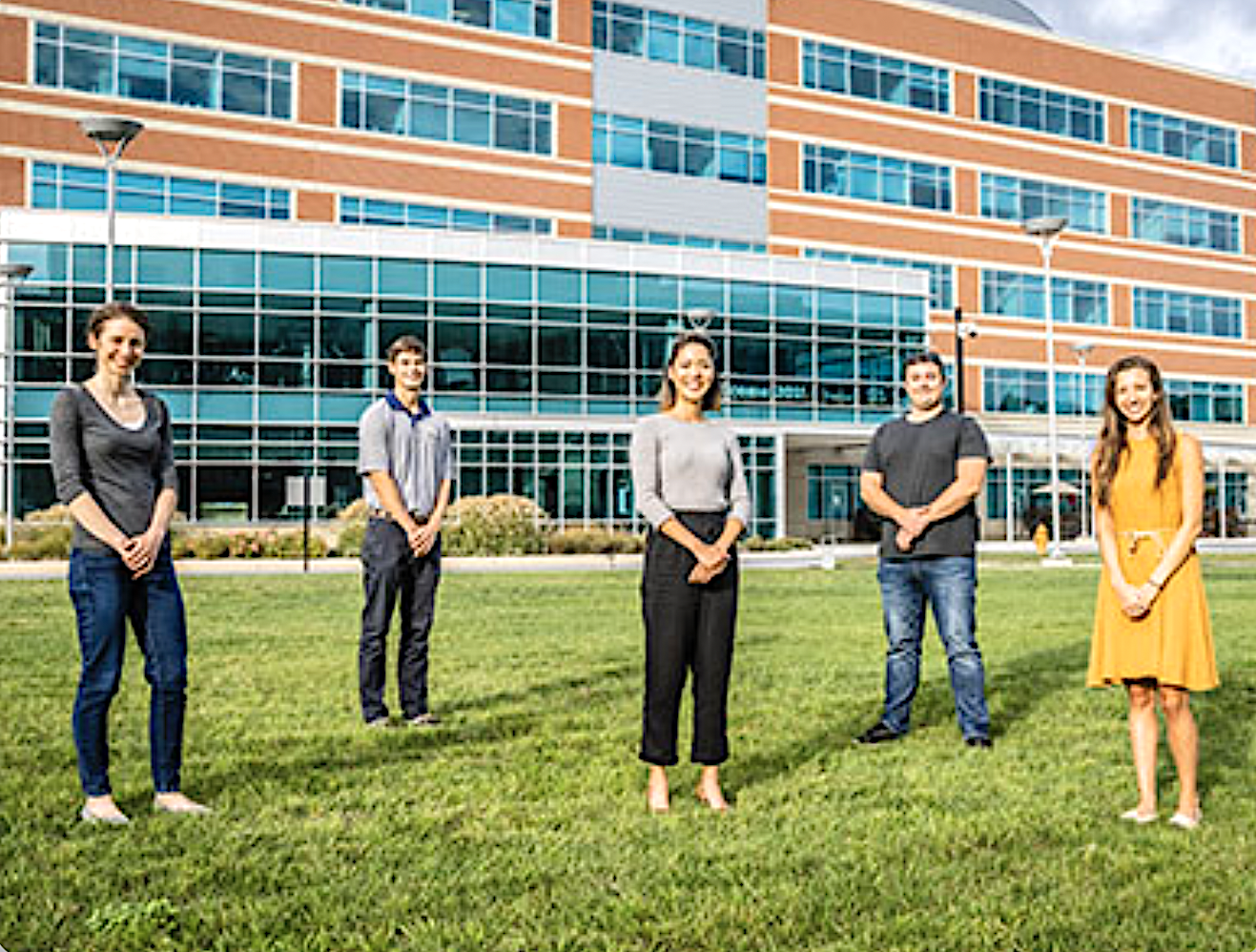projects
From leading user research and engagement for an exploratory DARPA tool for mission planners, to developing and testing design hypotheses for the U.S. Navy’s Meteorology and Oceanography Command, to designing a mission-focused product for K9 units, I enjoy tackling any complex challenge head-on. Below are other major projects I’ve worked on.
Note: all content is kept high-level due to disclosure/classification requirements
exploring human-machine teaming paradigms & interfaces
As Artificial Intelligence (AI), computing, and robotics progress at rapid rates, there is mounting evidence to suggest the need for human-machine interaction to be less tool-like and to become increasingly teammate-like. To achieve human-machine teaming—defined as the bidirectional integration of humans and machines to achieve more effective outcomes—then our machine teammates need to intelligently anticipate their own and their human teammate’s capabilities and intentions. Further, they need to understand relevant context to be able to generalize specific learning experiences to entirely new situations.
Team effectiveness, whether human-human or human-machine, depends on the successful integration and coordination of individual efforts through shared intent and trust. Our project sought to explore how we may design machine teammates that are flexible and adaptive to the states of the human teammate, the team, and the environment.
As first author, I co-wrote a white paper on alternatives to the paradigm of human-in-the-loop to attain true human-machine teaming. Additionally, I designed prototypes demonstrating the concept of AI explainability and supported the design of an adaptive interface prototype. Lastly, I co-led our engagement strategy, ensuring consistent coordination of multiple efforts in this space and transparent communication with a wide range of stakeholders.
reimagining the future fight for the Royal Canadian Navy
The Royal Canadian Navy (RCN) recognizes that it must evolve to meet future challenges from rapidly advancing technologies and emerging threats. The RCN’s Canadian Surface Combatant (CSC) will be an advanced and modern combat ship, equipped with next generation technology, to support and protect the men and women of the RCN as they fulfill their wide range of missions around the world, from humanitarian assistance to high-intensity conflicts, for the next 40+ years.
My team’s challenge was to pursue a re-imagination of how a ship and its team will fight in the future. Specifically, we sought to understand the future naval war-fighting environment that Canada will face in 2030 and beyond; how traditional roles on the team will evolve; and how the changing nature of sailors (e.g., generational cultures, demographics) may reshape the design of the ship. In short, our goal was to prevent obsolescence and better design for tomorrow’s sailors through future-casting.
I assembled a diverse team to tackle this challenge, led the team through the full design process, and managed a multi-million dollar budget. By immersing ourselves in the environment and interviewing current sailors, my team identified existing challenges and used these findings as the foundation to ideate. Through workshops, we created visuals and narratives of potential future threats around the world. In collaboration with the RCN, we generated a series of low-fidelity prototypes that represent a range of possibilities for the future design of the ship.
building better teams through an actionable framework
Research shows that teams of diverse people, who work together and leverage the collective experience and wisdom of the group, will produce better results. Through diversity, we allow team members’ unique perspectives and different approaches to problem-solving to flourish, and when teams work inclusively, where all voices are heard, possibilities emerge in exciting ways.
My team created Project Mosaic, an initiative focused on transforming the way we build and operate teams to enhance inclusion, promote creative engagement among staff, and maximize the generation of creative ideas. We wanted to know: how do we currently build teams? And how we can build better ones? We created a customized framework for building better teams and ran an internal pilot to test the validity of our approach.
In my role, I co-led the pilot to measure, monitor, and evaluate the level of inclusion and creativity across 16 teams (300+ staff) at APL over the course of an eight month pilot. Based on pilot results, the team received sizable internal funding, Project Mosaic dropped “Project” from its name, and the initiative was implemented lab-wide.
ensuring operational resilience in the face of climate change
Mosquitoes, the world’s deadliest creatures, are an abiding threat to service members at military installations and residents of civilian communities in tropical climates. Imprecise predictive models for disease-transmitters, like mosquitoes, make it difficult to curtail the spread of vector-borne diseases, like dengue or zika. As Earth’s climate changes, the relationship between mosquito activity and disease is likely to be even more complicated.
My team built a comprehensive emergency preparedness system comprising customized trapping hardware and real-time data analytics software. Our hardware leverages a proven mosquito trap, sensors to collect real-time environmental data, and a vector chip to facilitate biological assays of the mosquito saliva.
In my role, among other duties, I led the design of conceptual schematics and rapid prototyping of the software, which included multiple dashboards to enable decision makers to assess current and future levels of infection risk and operational resilience.



